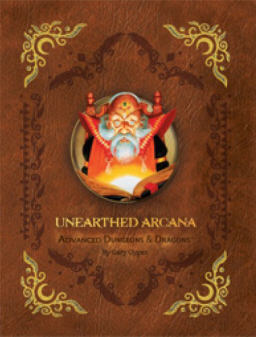Tanith Lee’s Secret Books of Paradys
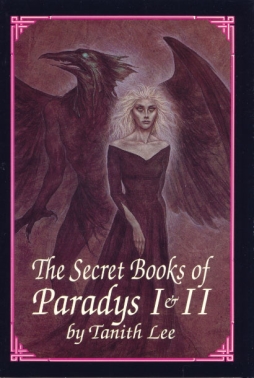 Women in Horror Month continues, and bearing that in mind I’d like to say a few words about Tanith Lee and the Secret Books of Paradys. Lee’s a prolific writer, and I haven’t read much else of her work — only the novel Heart-Beast besides the four volumes of the Paradys sequence — but after reading only the first Paradys collection, I started buying her work when I found it. Even a relatively small sample of her prose created a remarkable impression.
Women in Horror Month continues, and bearing that in mind I’d like to say a few words about Tanith Lee and the Secret Books of Paradys. Lee’s a prolific writer, and I haven’t read much else of her work — only the novel Heart-Beast besides the four volumes of the Paradys sequence — but after reading only the first Paradys collection, I started buying her work when I found it. Even a relatively small sample of her prose created a remarkable impression.
In some ways, as one reads through the whole series, it’s difficult to know how to take the books. They’re horrific, but also at times absurdly parodic or comic; which is to say grotesque. They’re oneiric, in that not only do supernatural events happen, but characters often act or change without obvious reason, and the fictive city of Paradys itself seems to accrue layers of meaning and complexity like a recurring landscape in a lucid dream. Above all, the books are weird with the weirdness of nightmare; though written with incredible technical skill, it’s difficult to articulate a single overall theme to the books, though multiple meanings suggest themselves.
Paradys is a city in northern France, originally a Roman settlement based around the exoploitation of soon-played-out silver mines. It developed over time into a major city, with a cathedral and taverns and damned poets and all the appurtenances of decadent gothic romance. The various stories of Paradys take place in different eras of the city’s life, told from different perspectives, using different styles. They’re linked by certain patterns of imagery — notably the ambiguous symbol of the moon — and a concentration on colour: each book, or long story, has a certain colour which defines it, and all colour-references within that story will refer either to white, black, or that specific hue. I can only imagine how difficult that technique is, but it’s incredibly effective at building distinct and distinctive atmospheres.
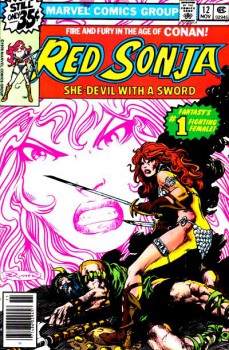
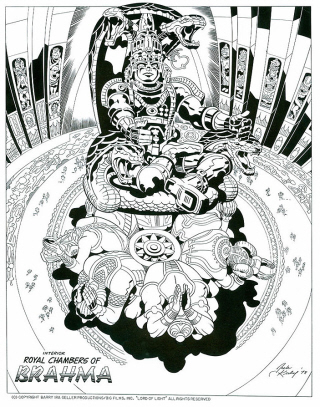
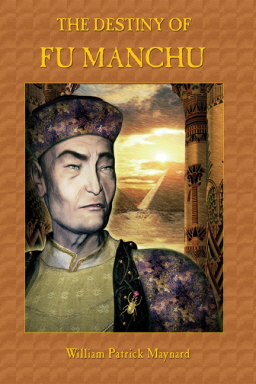
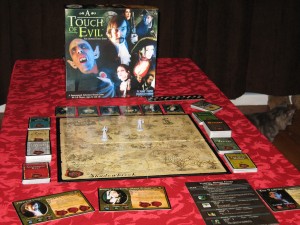

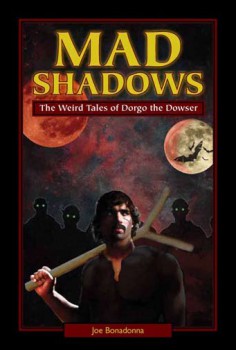

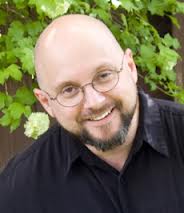 I had the privilege of meeting Sandra Tayler last year at the Nebulas and Howard online at the start of this interview. Famous as the team behind
I had the privilege of meeting Sandra Tayler last year at the Nebulas and Howard online at the start of this interview. Famous as the team behind  Howard originally did his degree in music and then went to work for Novell, the software company, for a decade. He and Sandra ran a small music production company for several years before Howard’s interest turned to drawing and comics.
Howard originally did his degree in music and then went to work for Novell, the software company, for a decade. He and Sandra ran a small music production company for several years before Howard’s interest turned to drawing and comics.